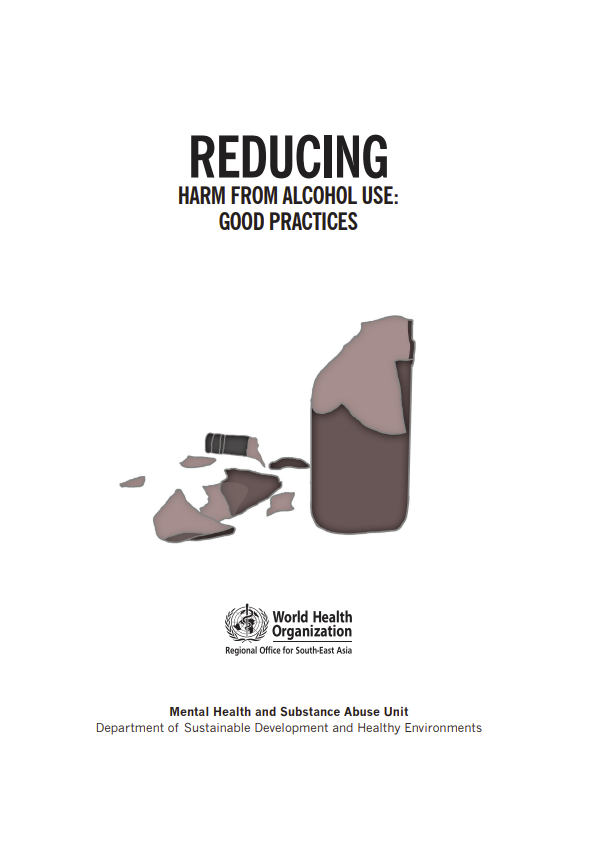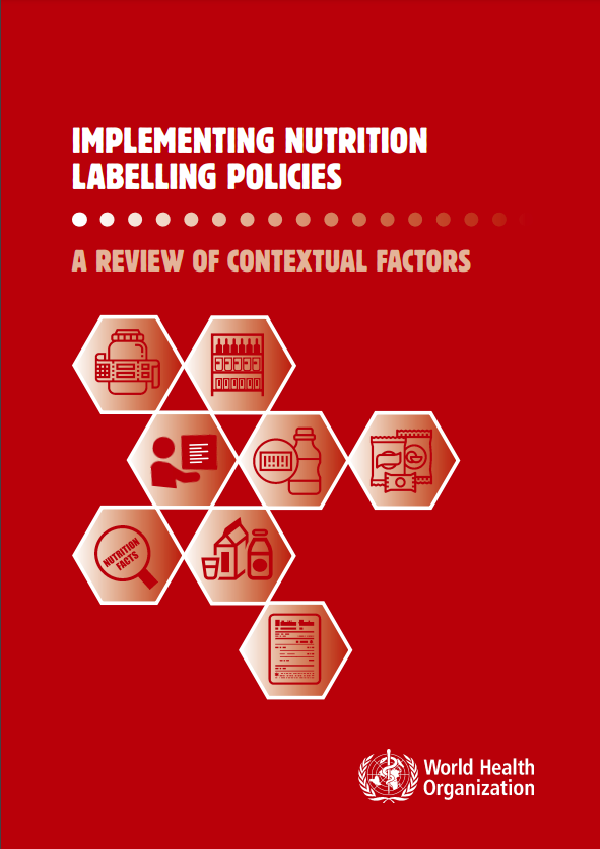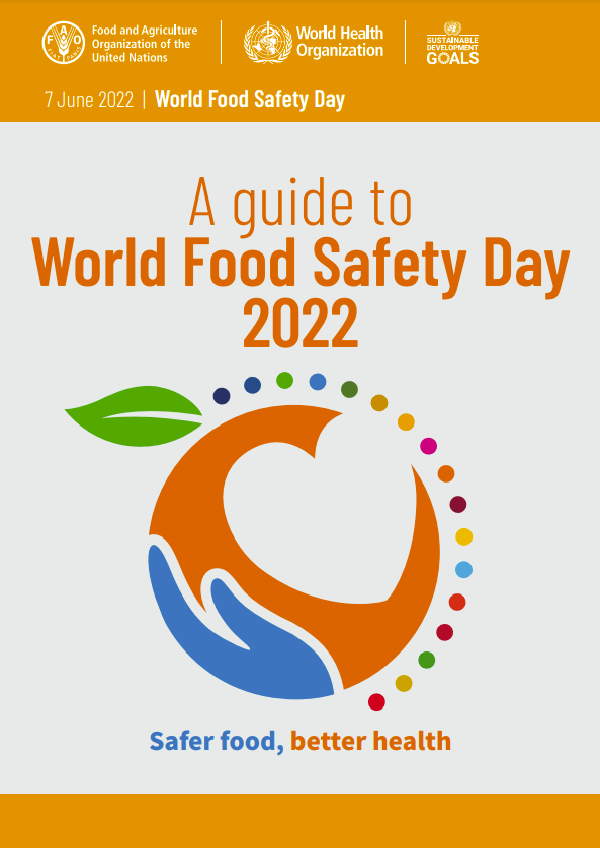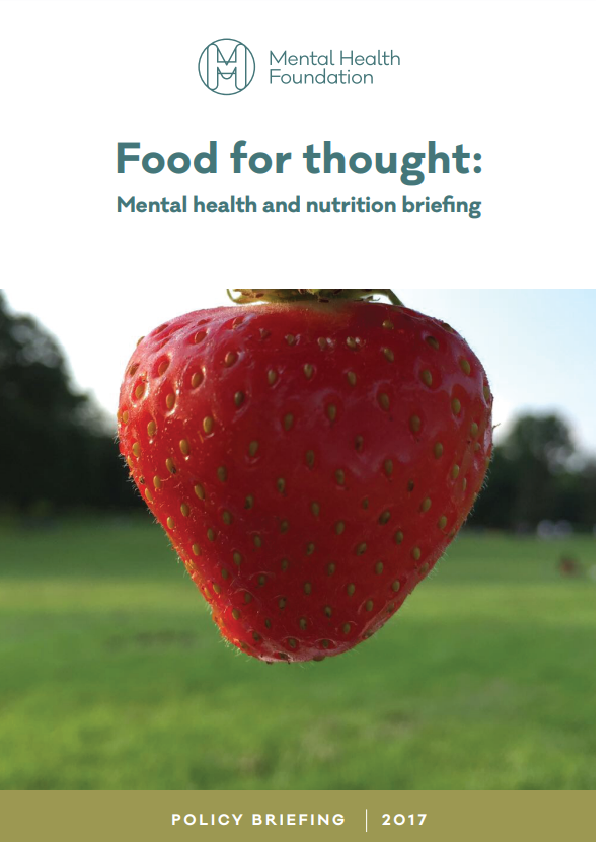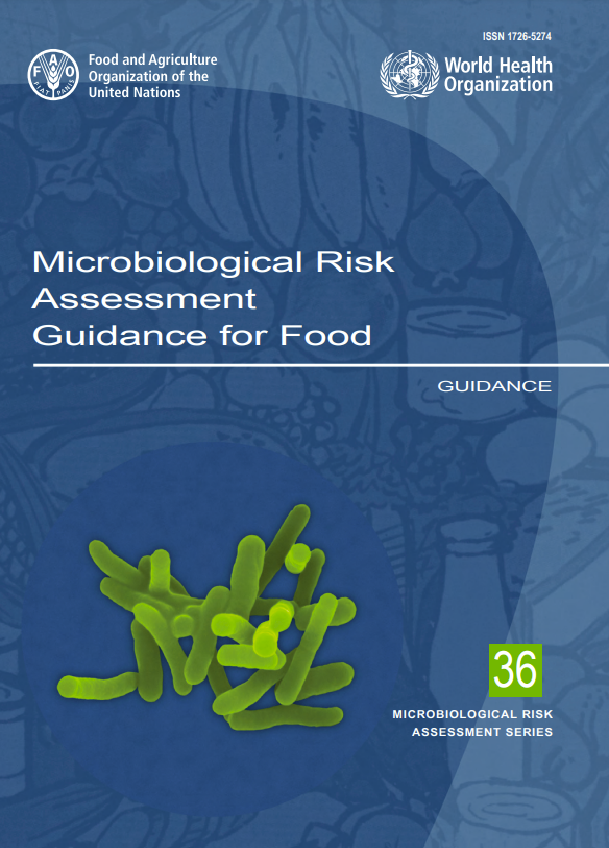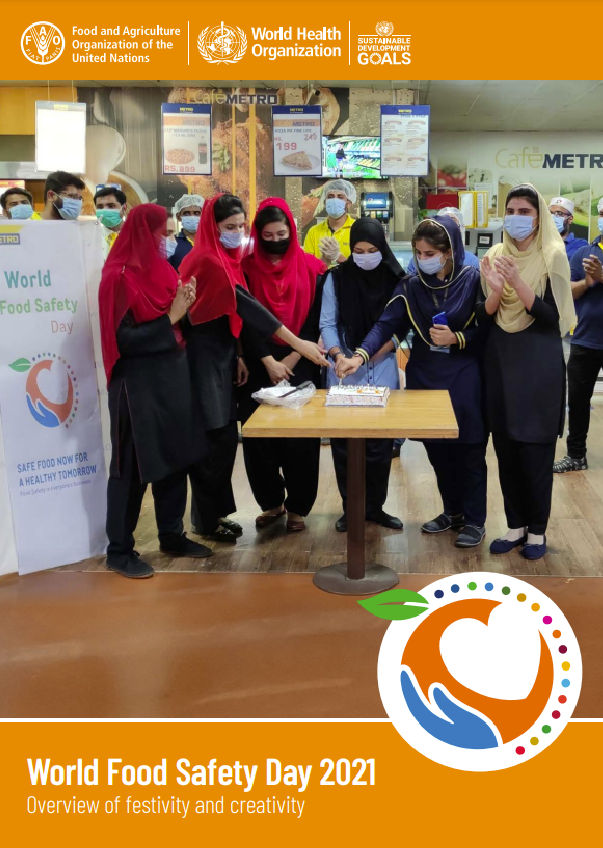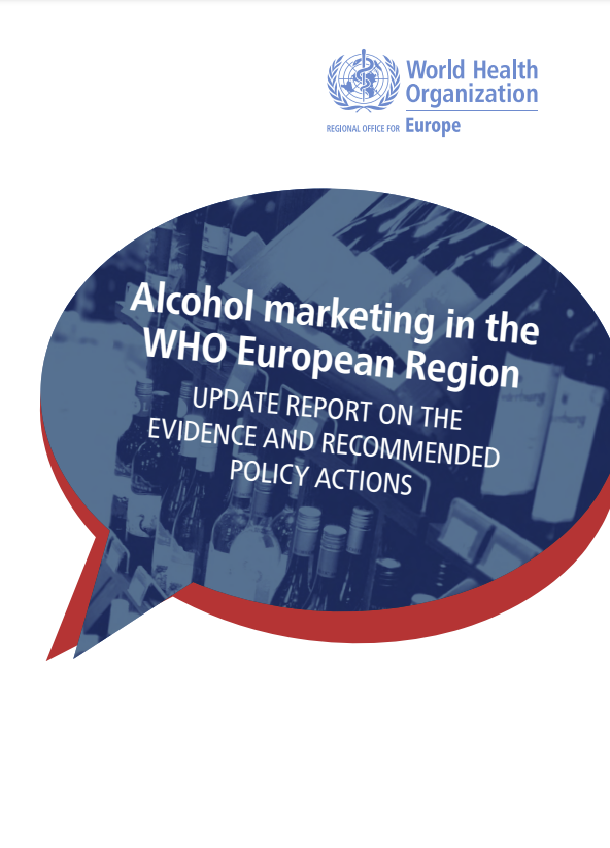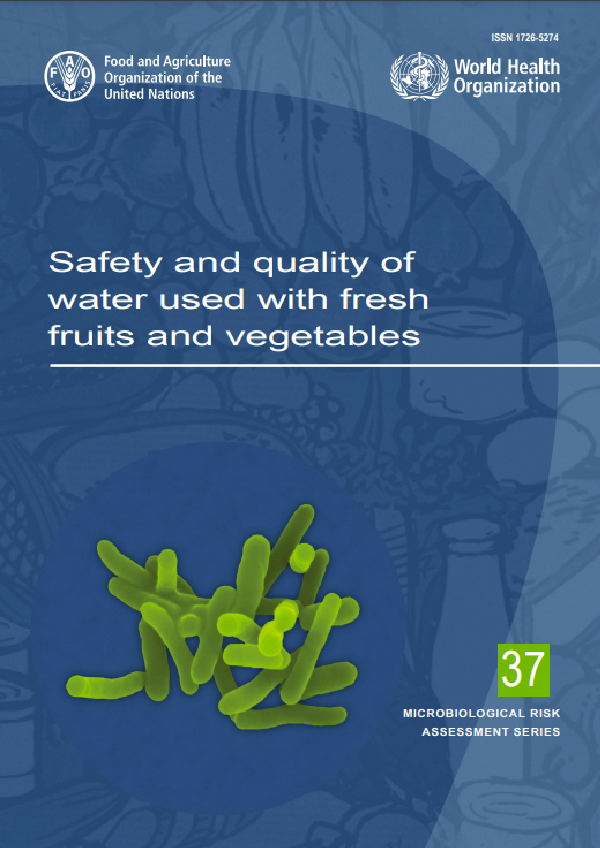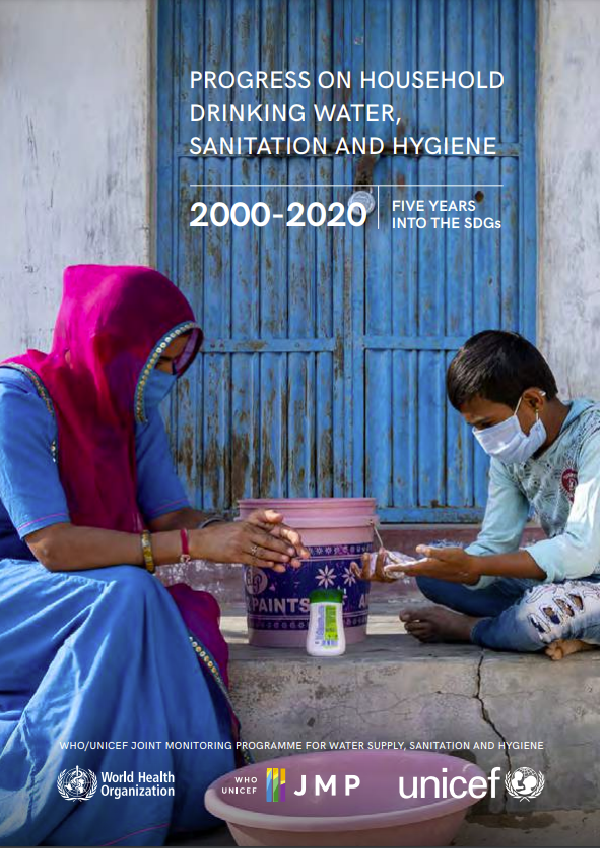Communities around the world have been consuming alcohol for centuries. Although alcohol use is acceptable in society, its abuse is strictly controlled by societal norms. More recently, alcohol use has shifted from its original ritualistic and symbolic purposes to recreational and excessive use in many parts of the world. Widespread alcohol use, leading to harm not only to the user but also to the family, the community and the entire nation is now recognized as a public health problem in many countries.
Globally, alcohol use results in approximately 2.5 million deaths each year. This figure is greater than the number of deaths caused by HIV/AIDS, tuberculosis or violence. Alcohol is a causal factor in more than 60 major types of diseases and injuries and a component cause in 200 others. Indeed, alcohol use represents approximately 4.5% of the global burden of disease and is the world’s third largest risk factor for disease and disability. It is also associated with many serious social issues, including gender-based violence, child neglect and abuse, absenteeism at the workplace and economic loss.
The formal alcohol industry, which has emerged during the last few decades, strives to increase alcohol consumption through many means, and uses vast resources to do so. It is estimated that in the South-East Asia Region of the World Health Organization, over 600 factories, 1582 distributors, thousands of retail outlets and over 4 million people are involved in alcohol production, retail and other elements of the industry.
The community and policymakers in the Region should be made aware of issues related to alcohol consumption such as increasing use by women and the youth, the earlier age of initiation, availability of illicit alcohol, and the targeting of markets in developing countries by multinational manufacturers.
The global community has realized the harm of alcohol use and is taking measures to reduce it. In May 2010, the World Health Assembly, representing all 193 WHO Member States, approved resolution WHA63.13 endorsing the Global Strategy to Reduce the Harmful Use of Alcohol, which includes evidence-based measures to address use and consequent harm. Similarly, at its Fifty-ninth session in 2009, the Regional Committee for South-East Asia requested the Regional Director to support the Member States in building and strengthening institutional capacity to develop information systems, policies, action plans and programmes on the prevention of harm from alcohol use.
The experience of selected SEAR Member States in reducing harm from alcohol use through policy development and community action is documented in this book. In particular, the impact evaluation of community-based programmes in Bhutan, Sri Lanka and Thailand has shown very positive results.
